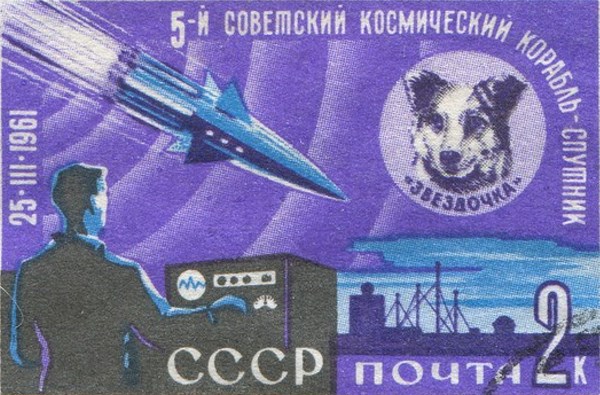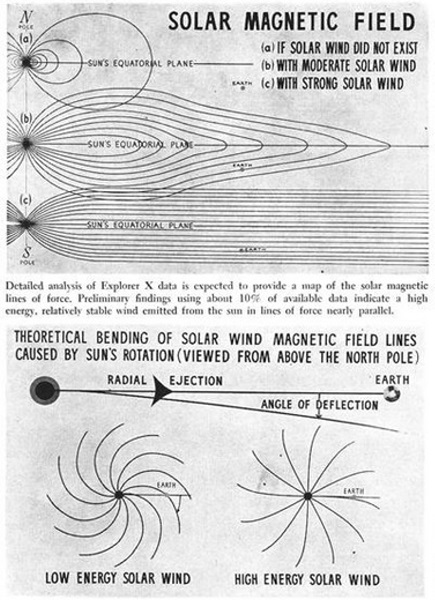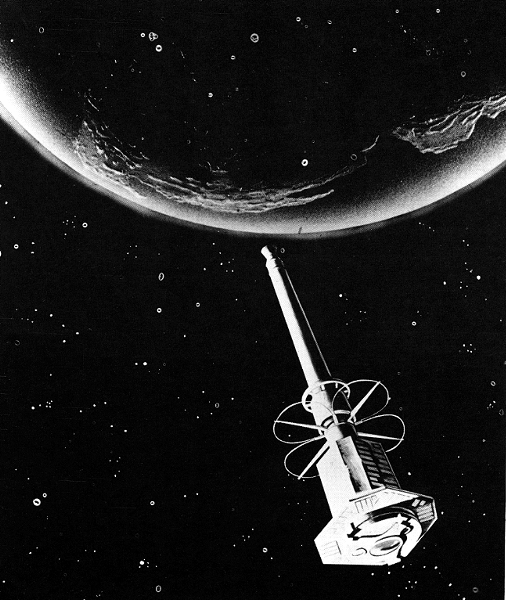
I've been asked why it is that, as a reviewer of science fiction, I devote so much ink to the Space Race and other scientific non-fiction. I find it interesting that fans of the first would not necessarily be interested in the second, and vice versa.
There are three reasons non-fiction figures so prominently in this column:
1) I like non-fiction;
2) All the science fiction mags have a non-fiction column;
3) Science fiction without science fact is without context.
Let me expand on Point 3. Science is different from all other philosophies because of its underpinning of reality. My wife and I had this debate in graduate school many years ago with our fellow students. They felt that, so long as their systems were logical, their views on how the universe worked were just as valid as any others – certainly more valid that lousy ol' science, with its dirty experiments and boring empiricism.
They're wrong, of course. Religion and philosophy have discerned little about the natural universe except by accident or where the practitioners have utilized some version of the scientific method. The fact is, there is a real universe out there, and it pushes back at our inquiries. That "friction" is what allows us to experiment as to its nature. It's why we have wonders like airplanes, nuclear power, the polio vaccine, the contraceptive pill.
Similarly, science fiction is nowheresville without an underpinning of science. Science fiction is not make believe – it is extrapolation of scientific trends. Even fantasy makes use of science; ask Tolkien about his rigorous application of linguistics in his construction of Elvish. It is important that my readers keep abreast of the latest science fact so they can better understand and appreciate the latest science fiction.
And it goes both ways – the science of today is directly influenced and inspired by the dreams of yesterday. Without science fiction, science is a passionless endeavor. Jules Verne showed us space travel long before Nikita Khruschev.

Thus ends the awfully long preface to today's article, which as anyone might guess, covers America's first manned space mission. Yesterday morning, May 5, 1961, Commander Alan B. Shepard rocketed to a height of nearly 190 kilometers in the Mercury spacecraft he christened "Freedom 7." His flight duplicated that of chimpanzee Ham's February trip: a sub-orbital jaunt that plopped him in the middle of the Atlantic Ocean. He flew for just 15 minutes.
The flight was so short because Shepard's rocket, the same Redstone that launched the first American satellite into orbit, was simply too weak to push the two-ton Mercury fast enough to circle the Earth. The Redstone is an old missile, made by the Army in the early '50s. It is significantly weaker than the Soviet ICBM that hurled the first cosmonaut into space. It looked embarrassingly undersized compared to the Mercury it carried – like a toy rocket.
We have a booster comparable to that which launched Vostok, the ICBM called Atlas, but it's not ready yet. In fact, a test shot of the Atlas-Mercury combination (MA-3) failed miserably just last week on April 25, and before that, the Atlas failed in four out of four unmanned Moon missions. It is likely that we won't see an American in orbit until 1962.

The flight of "Freedom 7" might have impressed more had it before occurred the Soviet orbital shot that made the headlines on April 12. In fact, a Mercury-Redstone did go up on March 24, a full three weeks earlier. It carried an unmanned boiler-plate Mercury capsule; the main purpose of the mission to make sure the Redstone was truly ready for a human passenger since it had been a little balky during Ham's flight.
The flight of "MR-BD" went perfectly. Had MR-BD been a manned mission, Shepard would have been the first human in space.
And so the Soviets scored yet another first in the Space Race. But does it matter? NASA is already soliciting designs for its "Apollo" series of Moon ships, scheduled to launch at the end of the decade. The Russians announced a similar program on May Day. If this is going to go on for the long haul, I prefer a measured, safety-conscious space program over a reckless one. The tortoise beat the hare, and I predict Shepard's flight is just the first tentative step toward a permanent American presence in space.
The Mercury capsules are proven. Our astronauts are proven. All that's left is the Atlas. Let's do things right the first time rather than repeat the failures of the Air Force's Discoverer program and the Soviet Vostok program. I want all my astronauts back safe and sound; this is a marathon, not a sprint.
And at the end of it, all those space travel stories we've enjoyed for decades will at last become reality. A triumph for science fiction and science.










